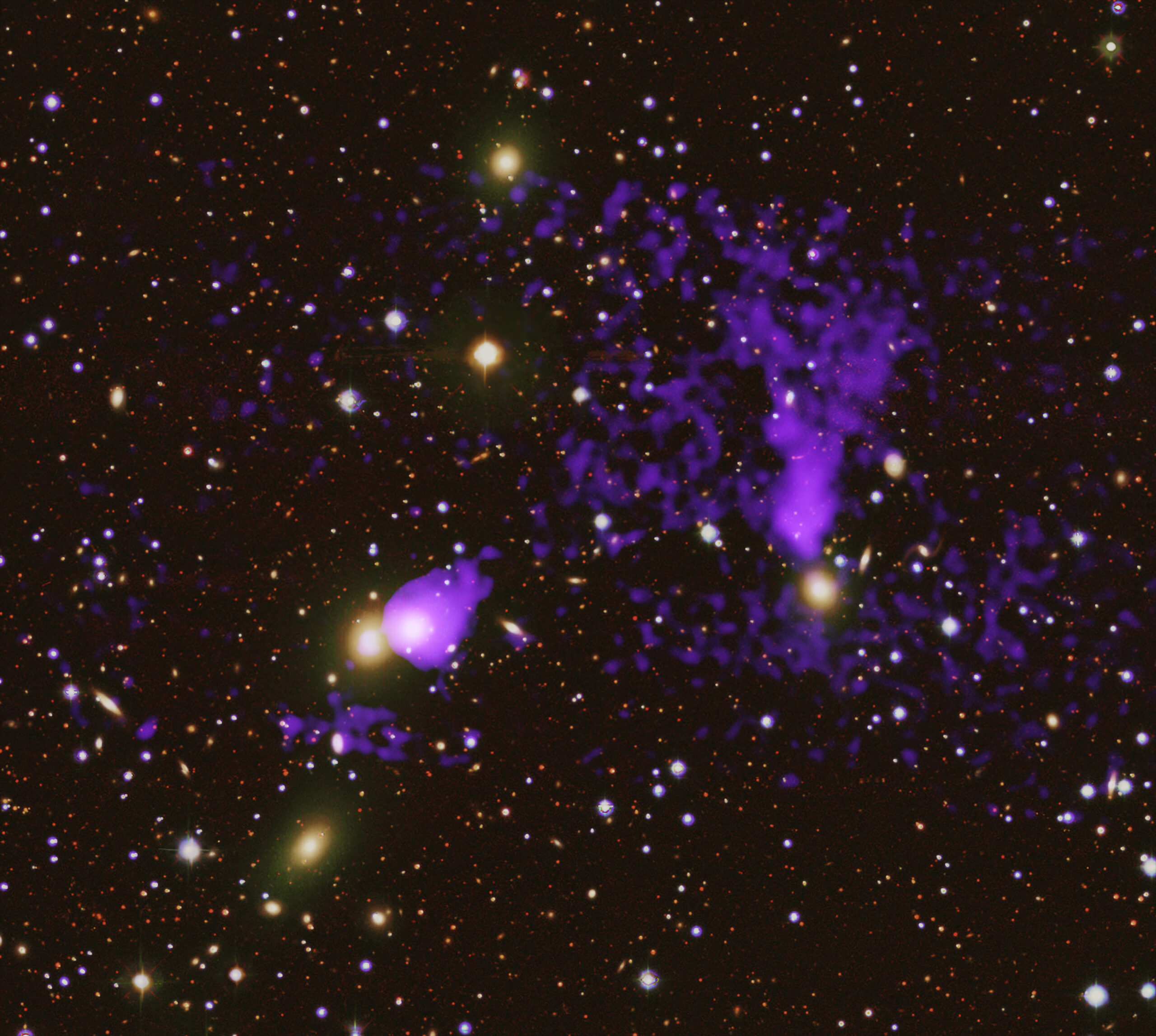The Oriental Stork (Ciconia boyciana) is currently on the World Conservation Union’s endangered species list. A recent finding that this species is genetically healthy indicates that habitat protection could quickly remove this migratory bird from that list if action is taken now. Credit: Kim, Hyun-tae iNaturalis
A new genomic study of the endangered Oriental stork reveals that the population’s genetic health is still surprisingly strong, with high genetic diversity and low levels of inbreeding. This is an uncommon finding in most endangered species populations, which makes it more difficult to rescue those species from extinction.
Thus, despite the human-caused decline in Oriental stork numbers, the findings in a new study provide hope for the species’s long-term survival, as well as a clear direction to rescue this magnificent bird. Decisive action must be taken to protect its habitats, especially all along its migratory route.
The work appears in GigaScience.
The wild population of the Oriental stork (Ciconia boyciana) has declined rapidly in the last century. Climate change, forest wildfires, hunting and the expansion of agriculture, industry and other human activities threaten the species, which is listed as endangered by the World Conservation Union.
In the study, researchers collected genomic information on the Oriental stork and compared the findings with other migratory and non-migratory birds. The work will help to assess the genetic health of the dwindling population, and also gives a glimpse into genes that may be involved in the stunning long-distance navigation behavior of the Oriental stork: This large wetland wading bird breeds in the Russian far east and northeast China, and migrates to the Bohai Bay and Poyang Lake in the lower reaches of the Yangtze River in autumn to overwinter.
Lead by a research team at Northeast Forestry University (China) with collaborators from Harbin, Shenyang, Zhejiang University, and Inner Mongolia, the scientists first assembled a high-quality reference genome of the Oriental stork and sequenced the genomes of 29 wild Oriental storks and 15 captive individuals. In addition, they also collected whole genome sequencing data from one captive individual in Japan and the United States for comparative analysis.
Dr. Tianming Lan, one of the scientists involved in the study, explains why he is so fascinated by this species: “The Oriental stork is one of the most elegant birds both in flight and on the ground that I have ever seen, and this bird has many fascinating features, including its long distance migration and ‘beak clacking’ communication. However, this beautiful bird is an endangered species, which stimulated us to carry out this conservation genomic study.”
The genomic data reveals that although the number of Oriental storks has decreased significantly in the last century, the genetic diversity of wild and captive populations is still high, and the inbreeding level is low. This is counter to many other critically endangered populations, where low genetic diversity and frequent inbreeding is often observed. That can signal imminent doom for a species, as loss of diversity and inbreeding can increase genetic disorders and reduce immunity and overall health, making already dwindling populations even more vulnerable to extinction.
For the Oriental stork, the outlook is better, from a genetics perspective at least. The findings indicate that the wild population, with appropriate conservation intervention, may have a high potential for genetic rejuvenation. Dr. Lan, therefore, is quite optimistic.
“With the reduction of human interference and damage to their habitats and migration routes, we expect a fast population recovery,” he says.
The authors speculate that the migratory lifestyle might help in keeping genetic diversity high within the whole population, as compared to other endangered species that are geographically isolated.
To better understand the migratory behavior of the Oriental stork, the authors also screened the genomes for signals of genes that might have been favored by natural selection in connection with their long-distance migration.
“Behaviors are generally complex biological traits, which are usually regulated by many genes and pathways,” Dr. Lan says, “and the rapid development of sequencing and the corresponding bioinformatics methods allow us to focus on a batch of genes that may be responsible for its migratory behavior.”
To better understand the migratory behavior, the scientists also compared genomes of non-migratory bird species and other migratory birds.
For example, it is known that the long-distance migratory population of peregrine falcons experienced selection on a specific variant of a gene called ADCY8, which in turn regulates memory-related genes. In the new study of Oriental stork genomes, the authors likewise found that ADCY8 was among the genes that experienced selective pressure, hinting further at an essential role for this gene during the evolution of long-distance migration.
“Although findings in this study may still be limited to fully explain its migratory behavior, we believe the development of genomics will continue facilitating the in-depth mining of this behavioral trait,” Dr. Lan concludes.
The work here hopefully will bring forth renewed goals with specific directives to rescue the Oriental stork through the reduction of human impact on its habitats, especially along its migratory path where the greatest survival pressure is put on this species.
More information:
Shangchen Yang et al, Genomic exploration of the endangered oriental stork, Ciconia boyciana, shed lights on migration adaptation and future conservation, (2024). DOI: 10.1093/gigascience/giae081
Citation:
Genomic study offers hope for endangered Oriental stork (2024, October 21)
retrieved 21 October 2024
from https://phys.org/news/2024-10-genomic-endangered-stork.html
This document is subject to copyright. Apart from any fair dealing for the purpose of private study or research, no
part may be reproduced without the written permission. The content is provided for information purposes only.




